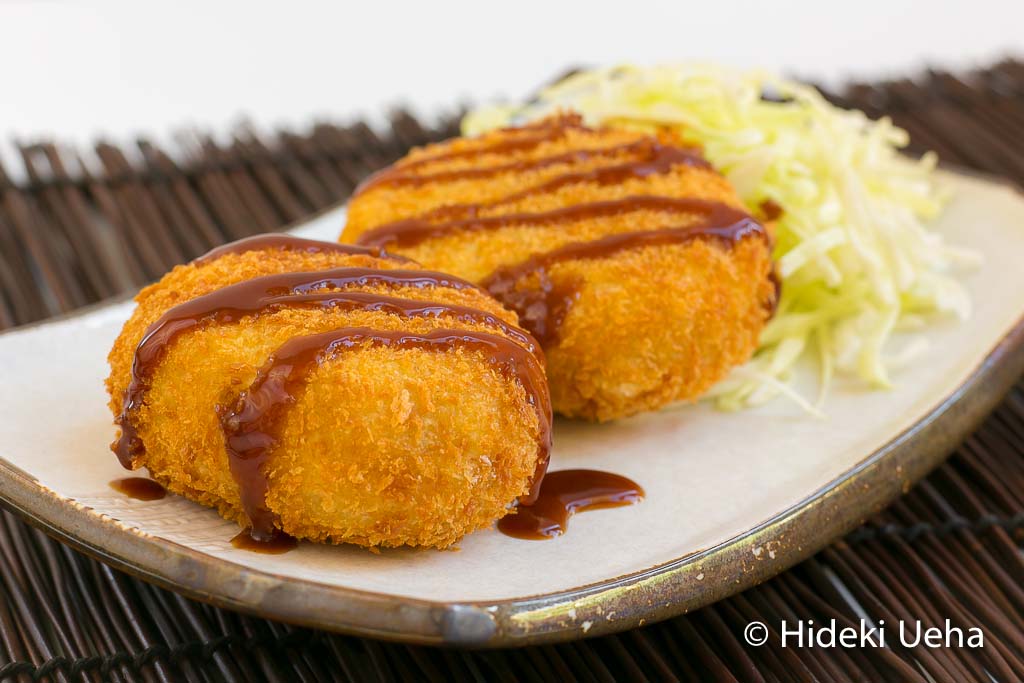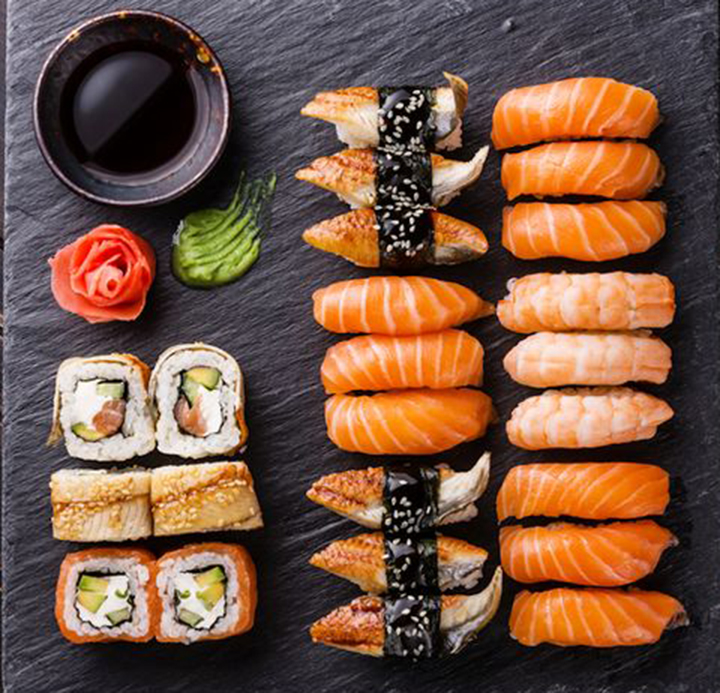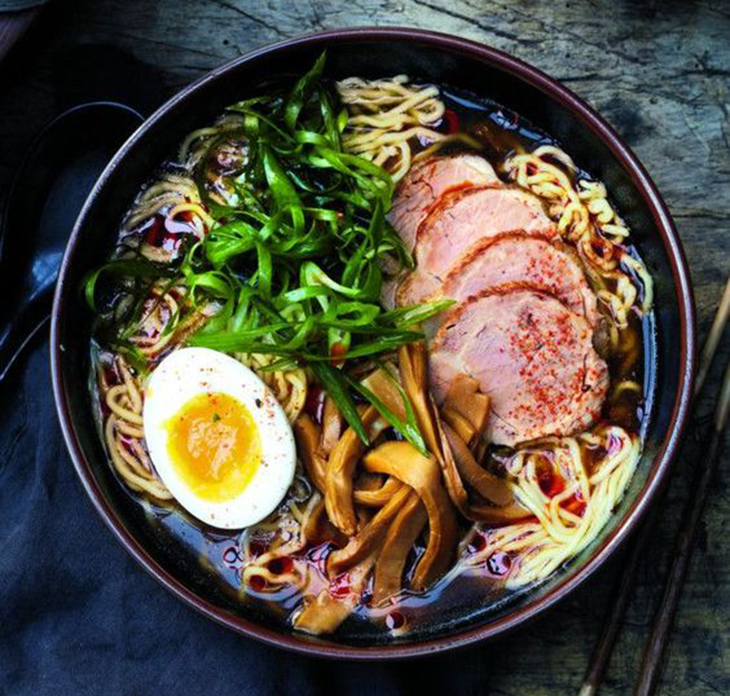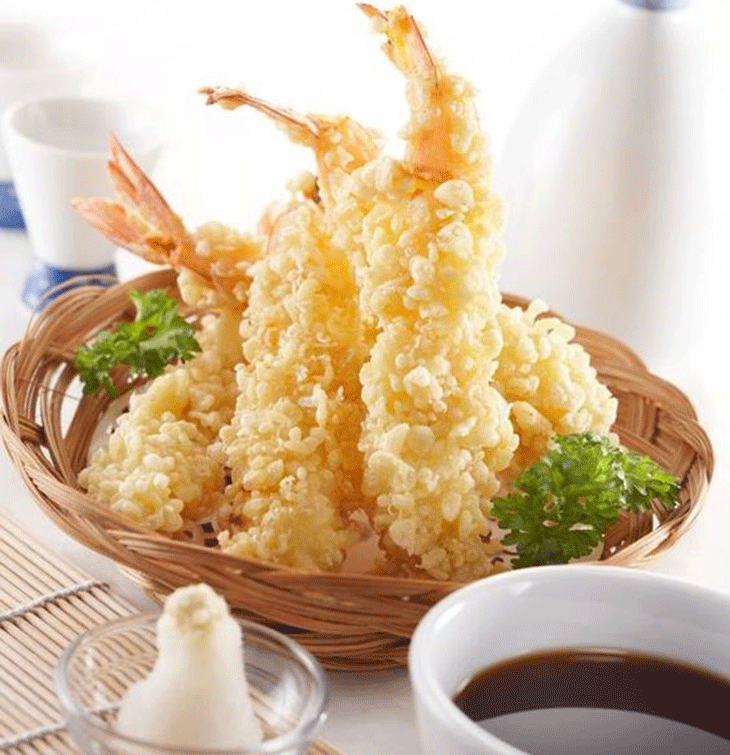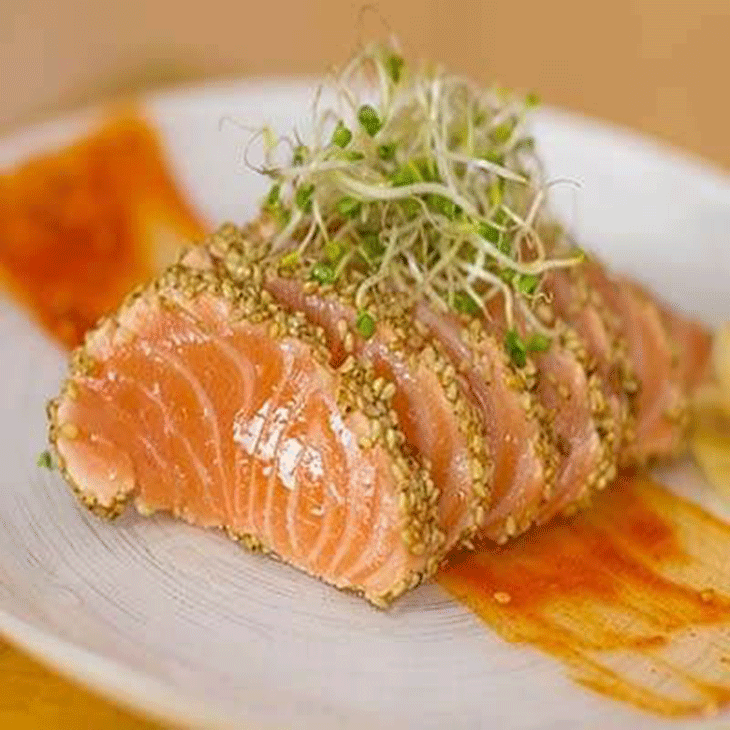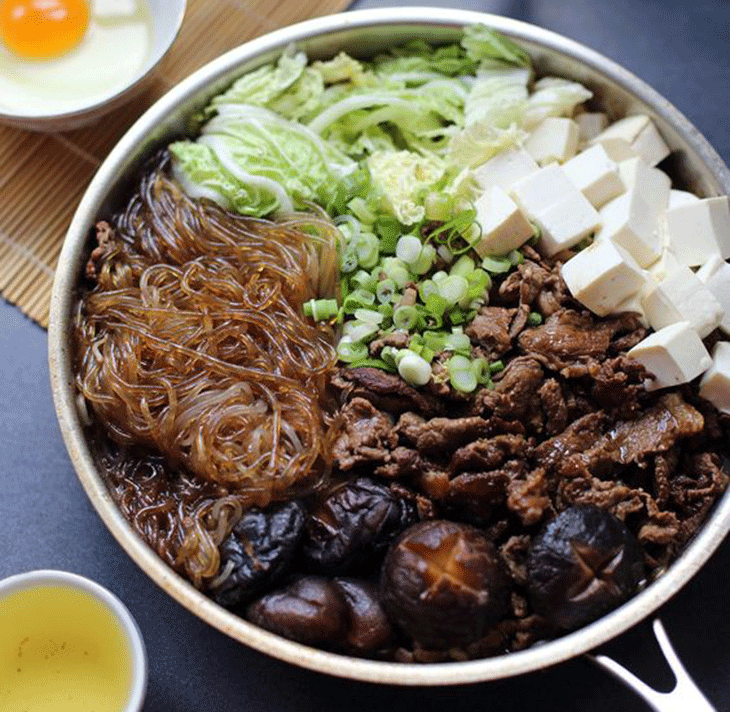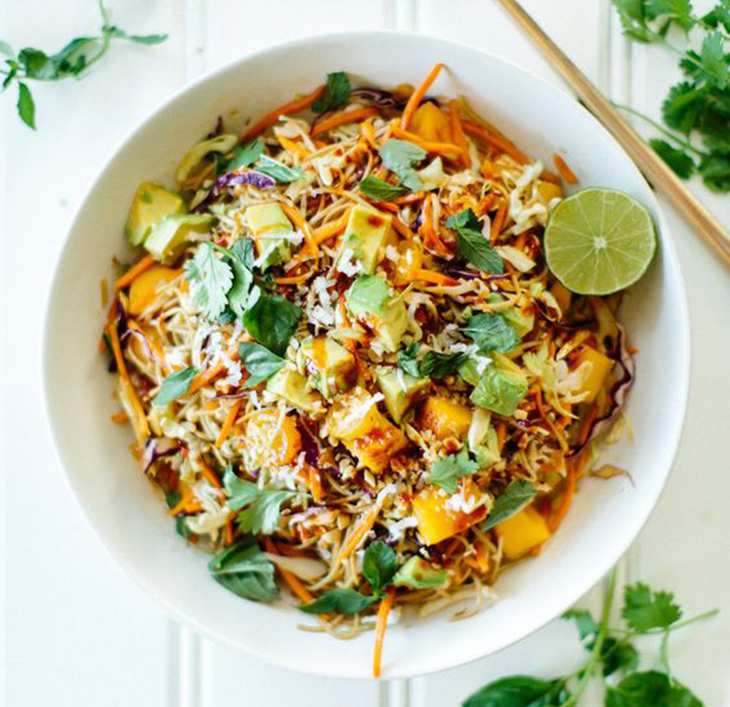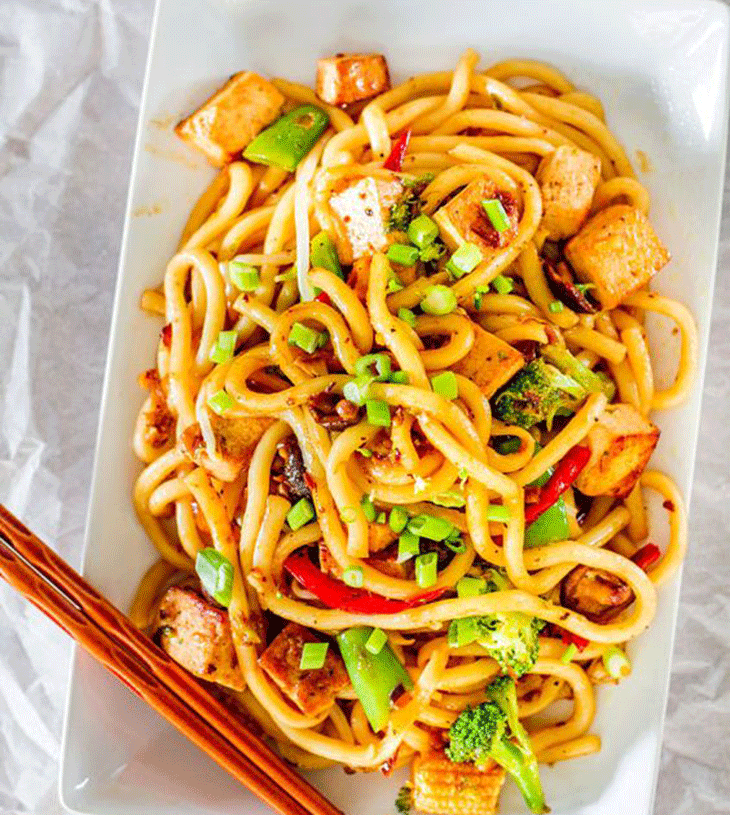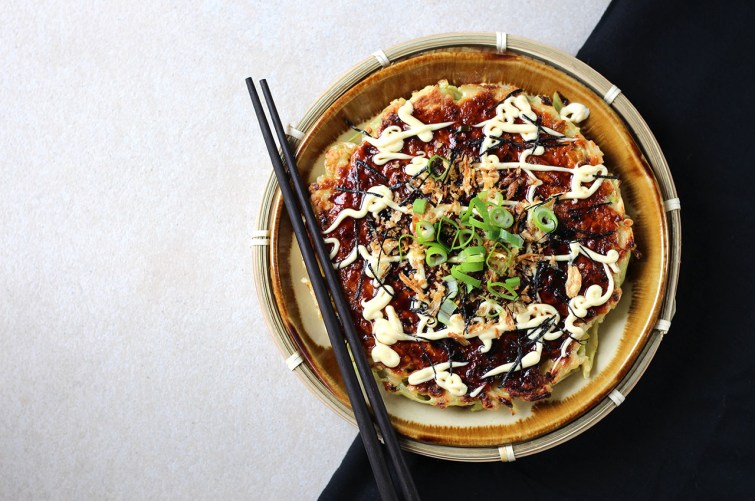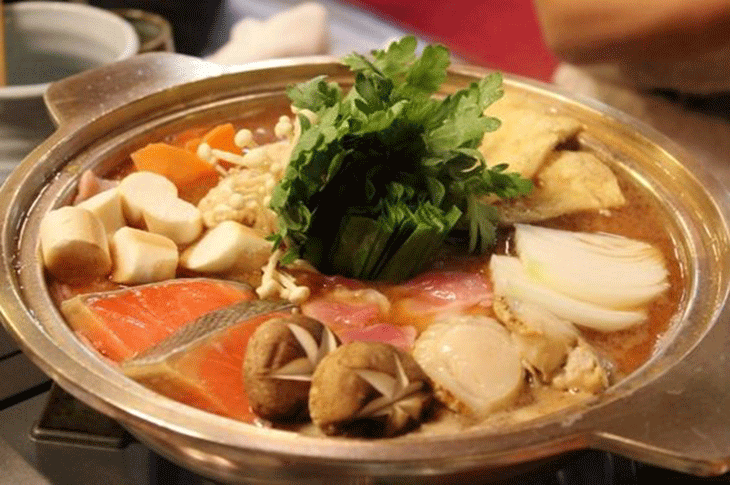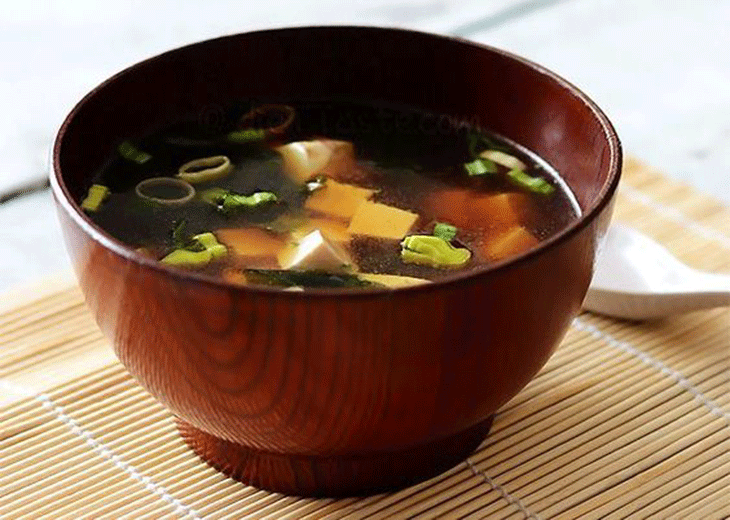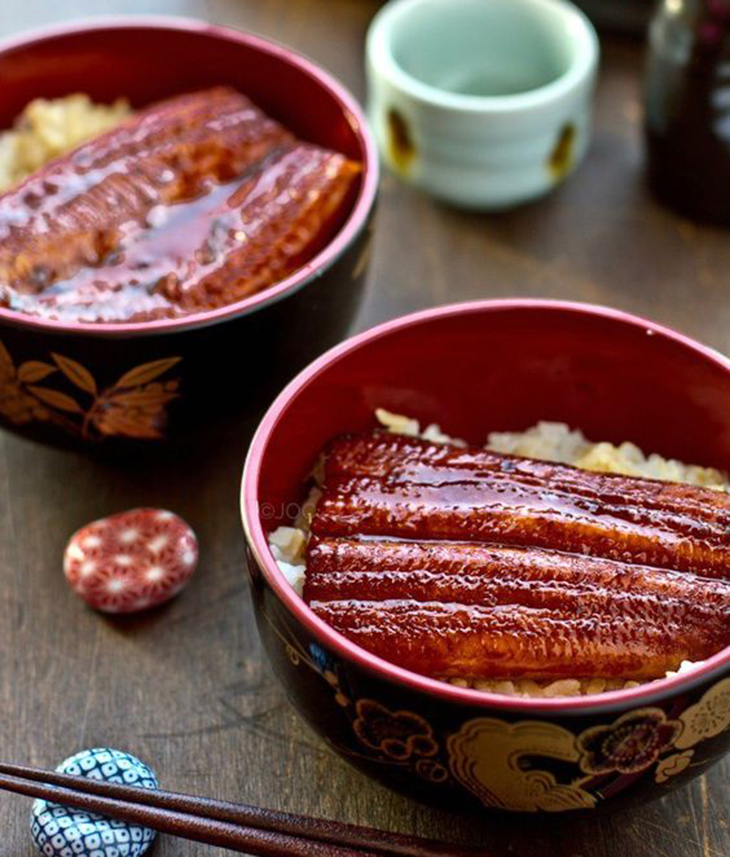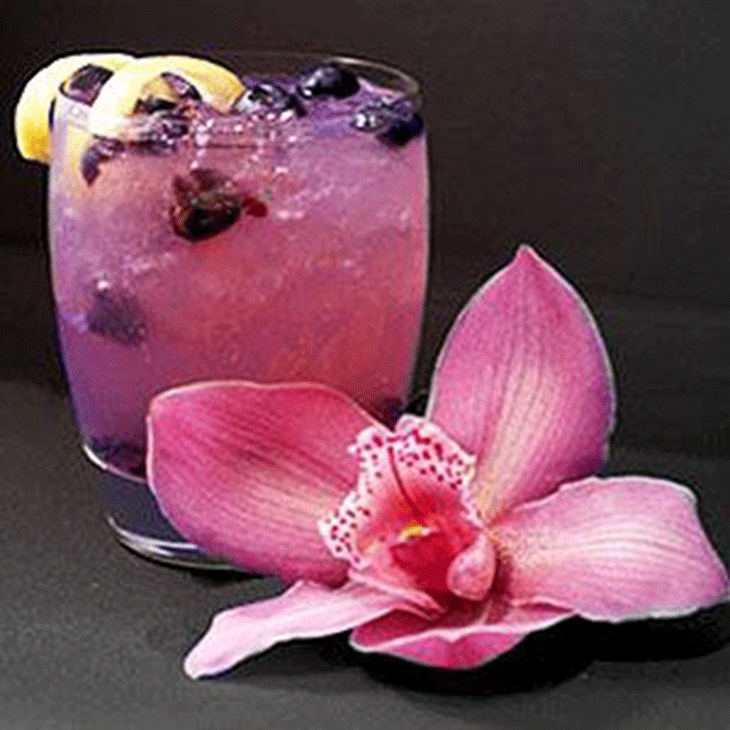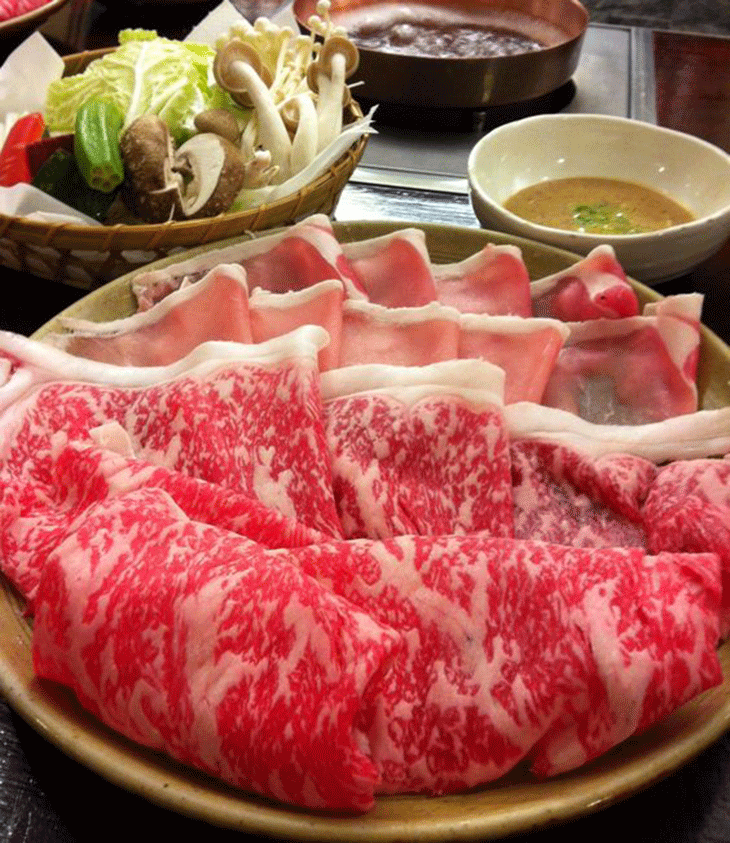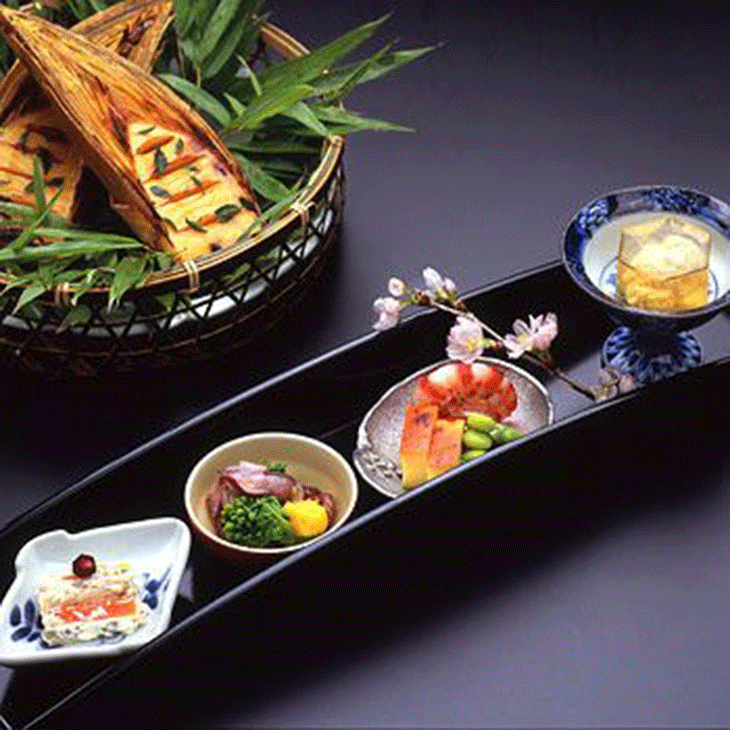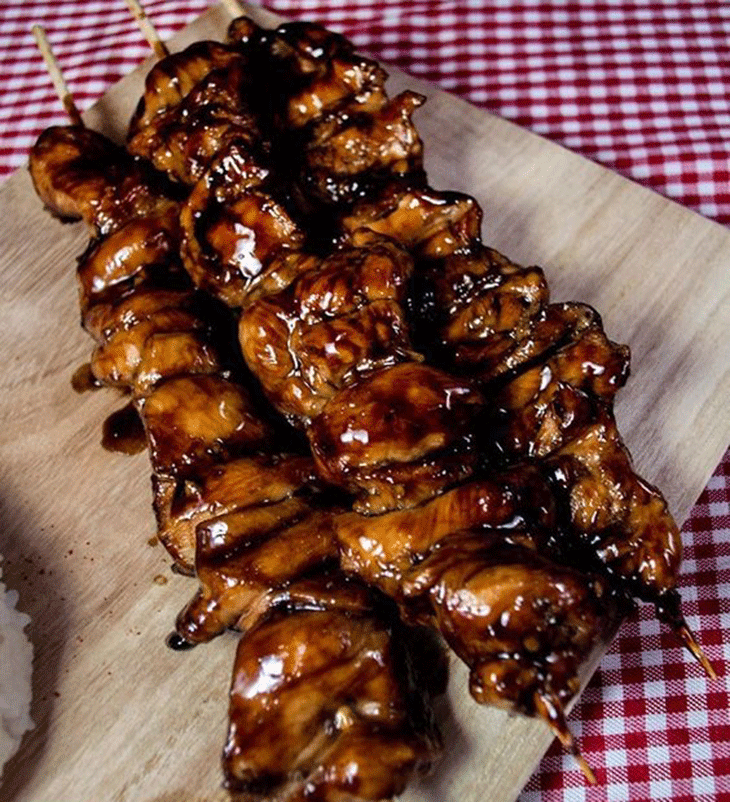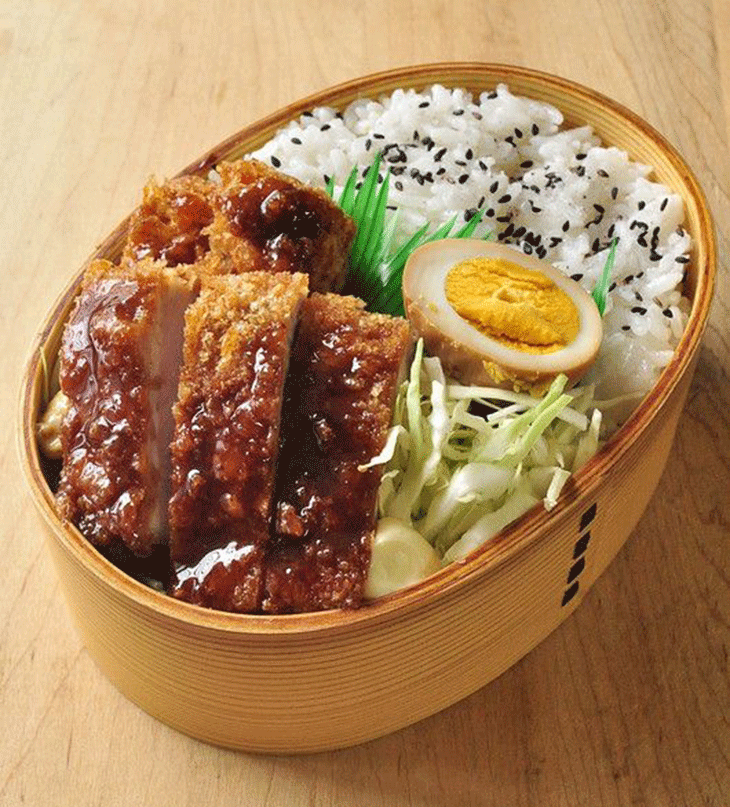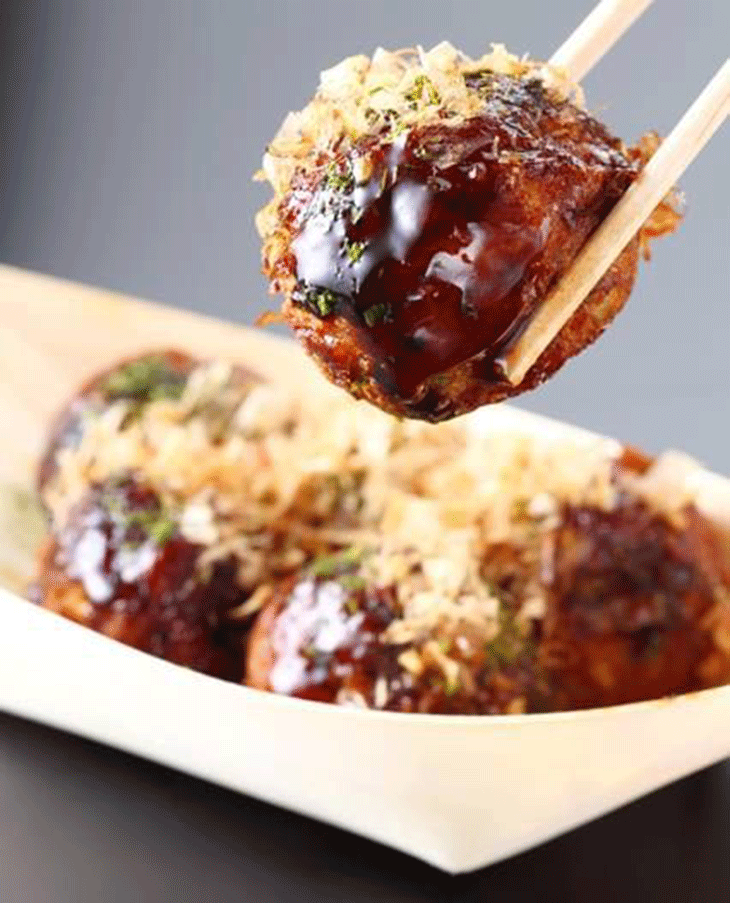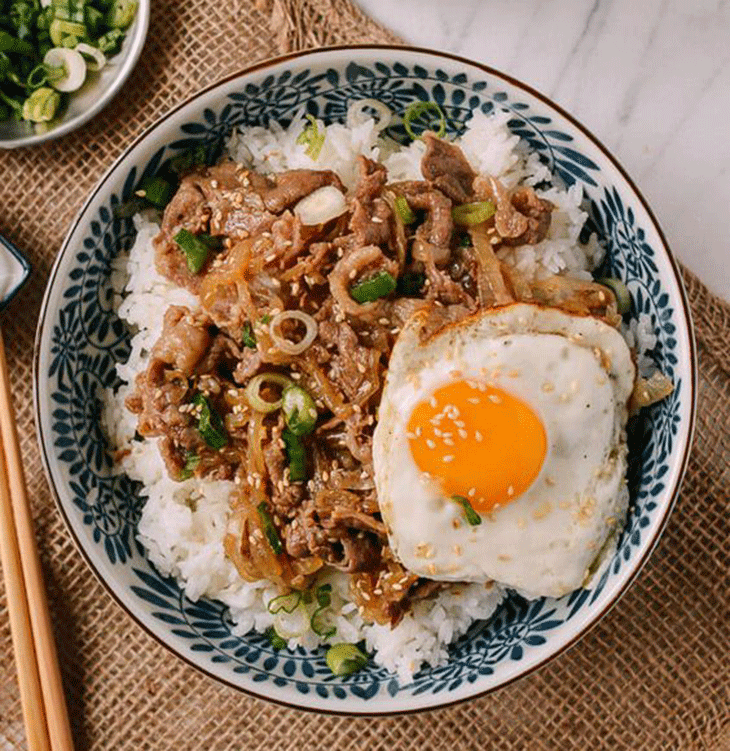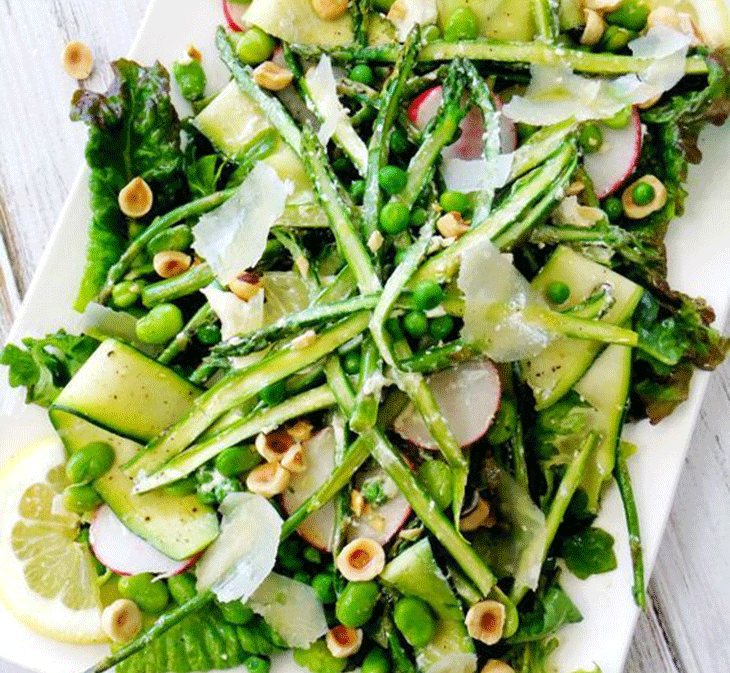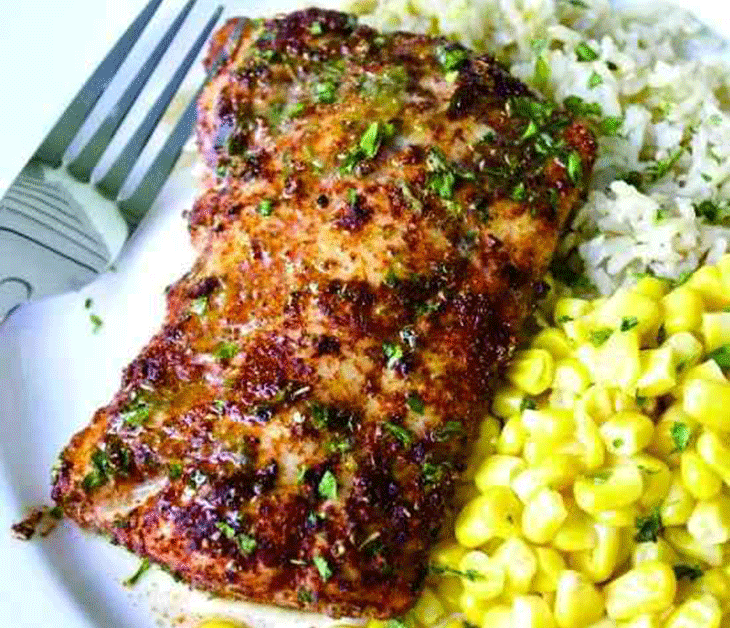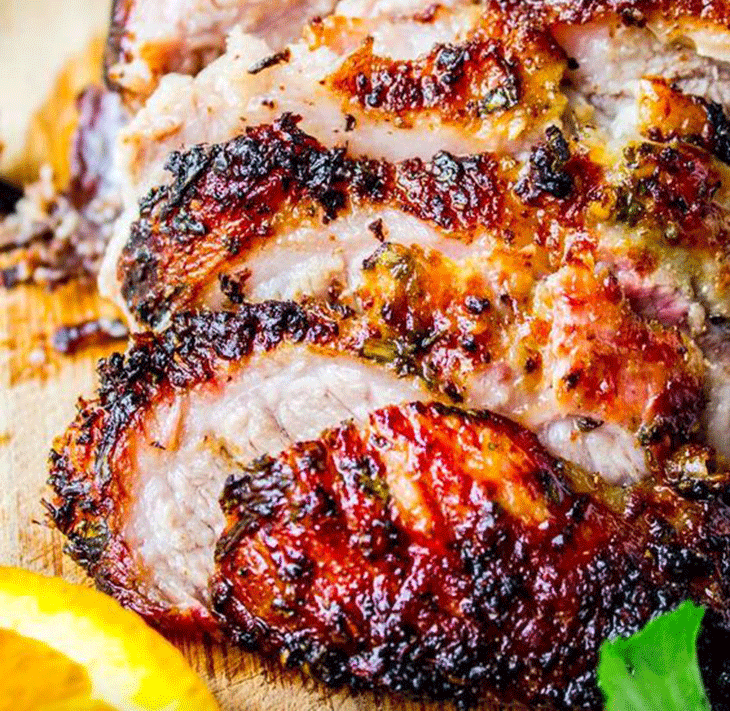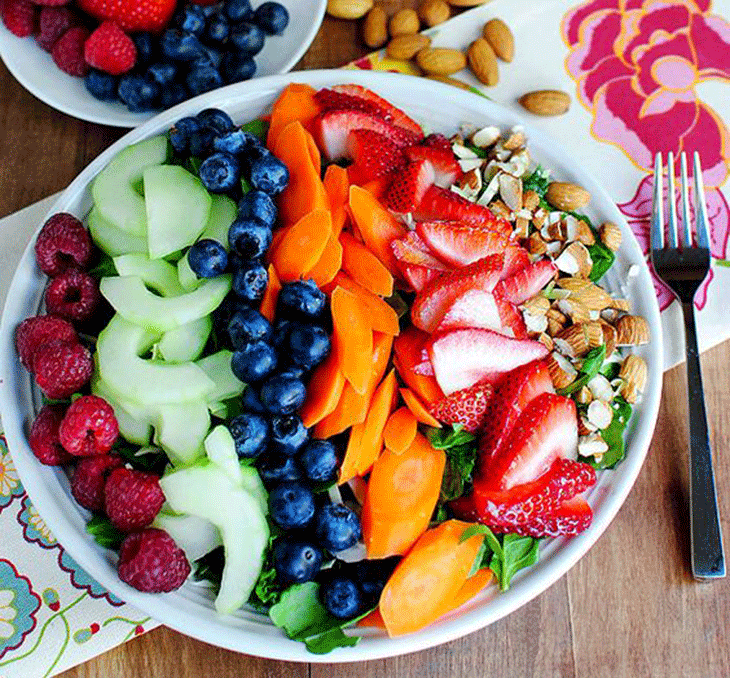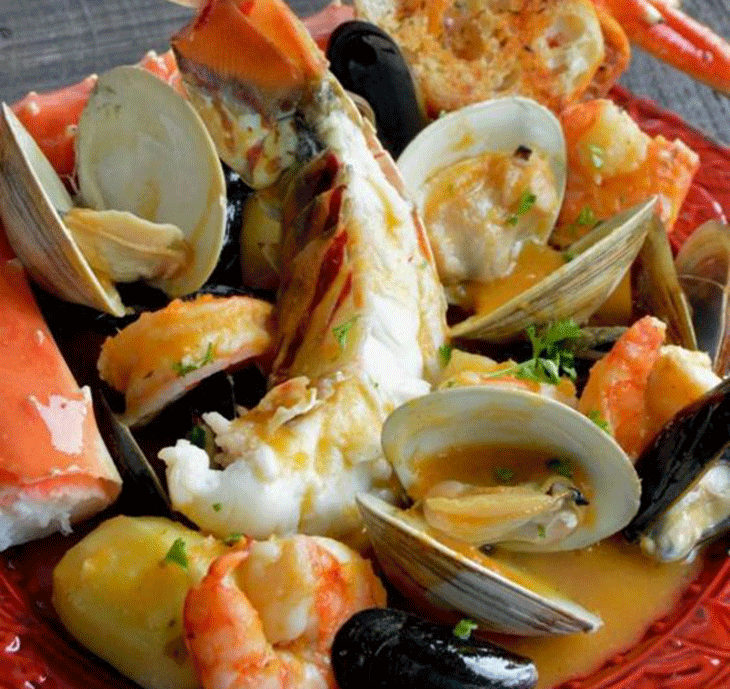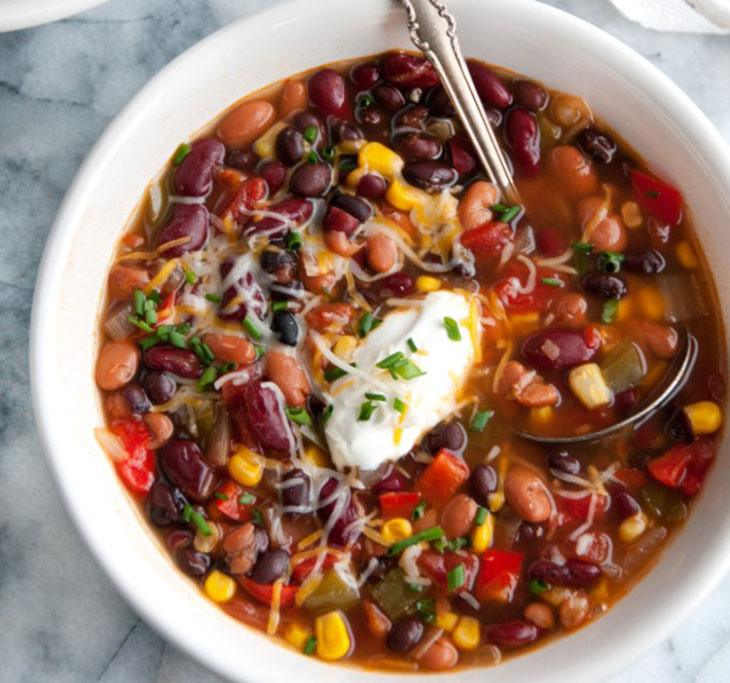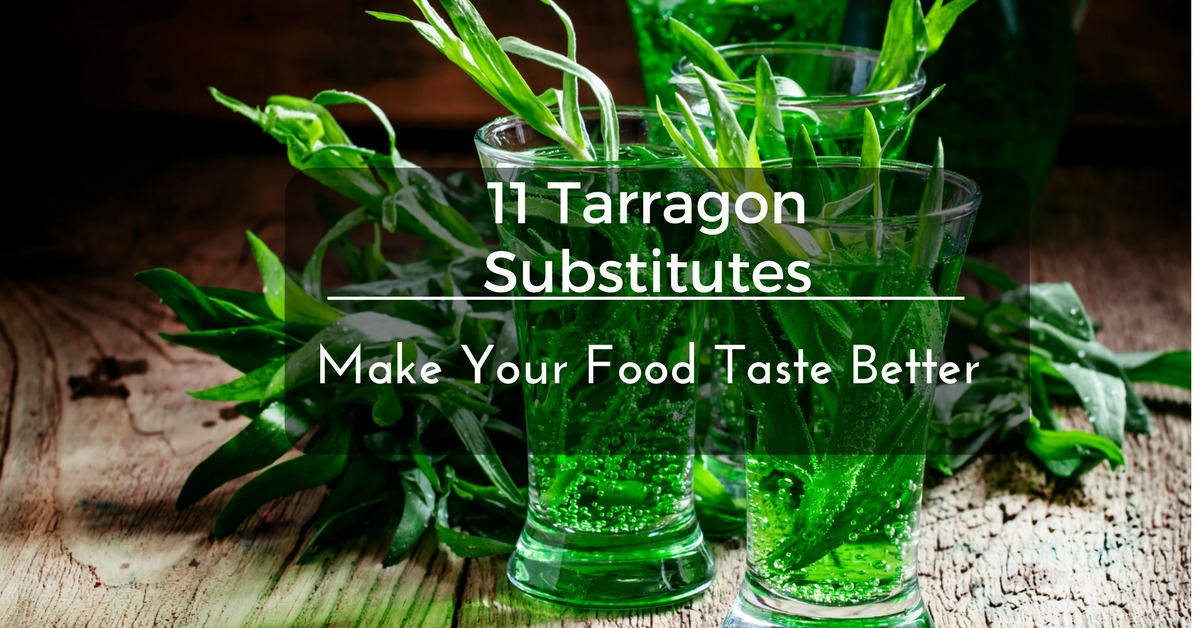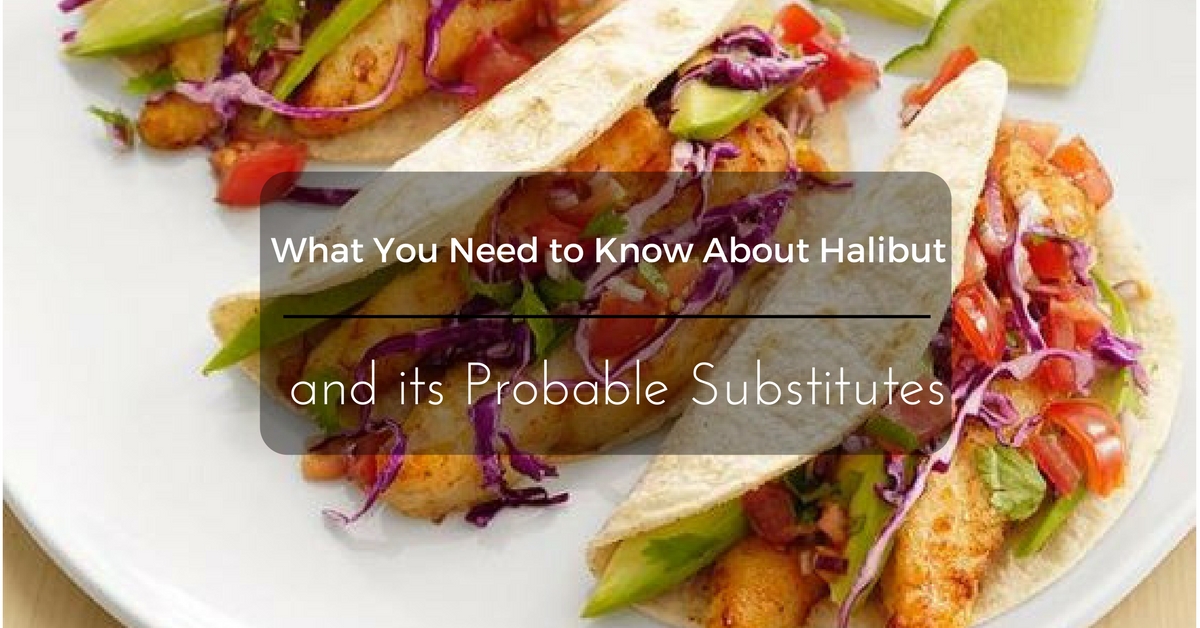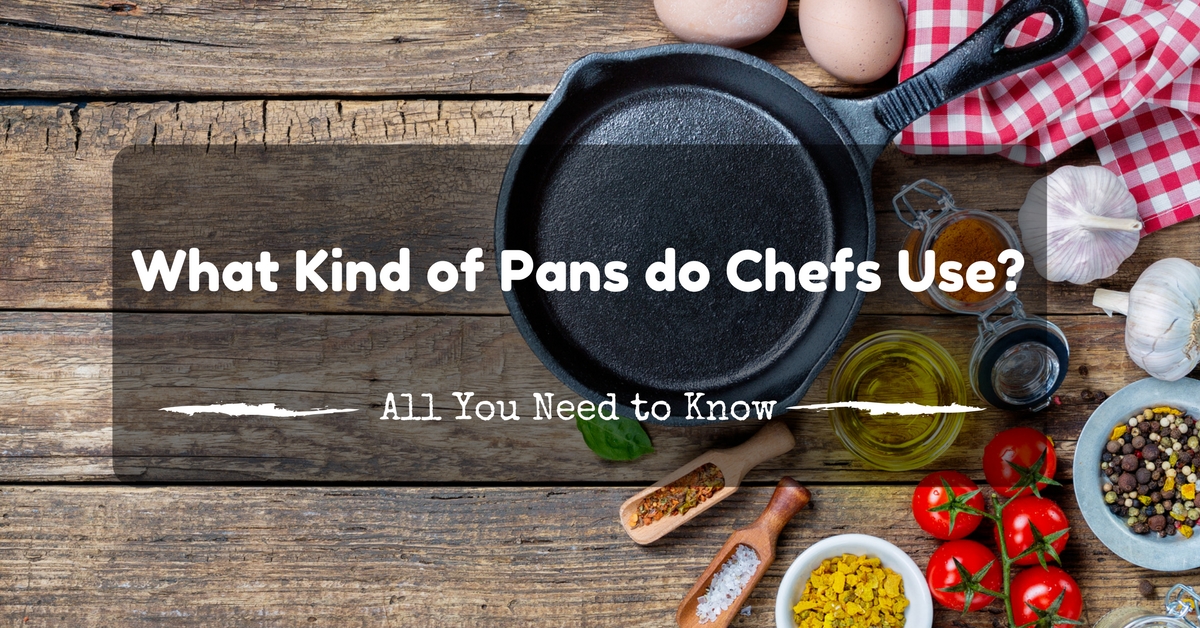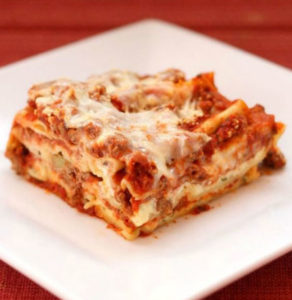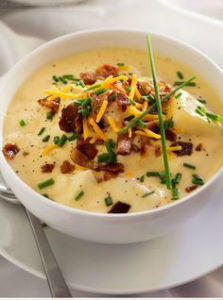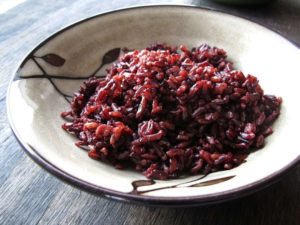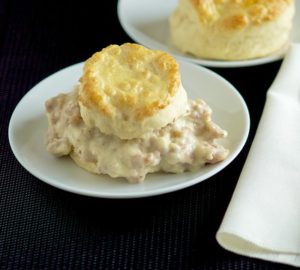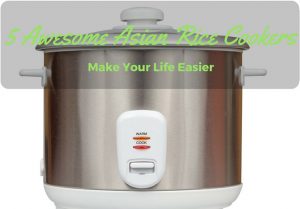An Asian first-world country, Japan is famous not only in their culture but also in their food. Japanese cuisine has become even more renowned all over the world throughout the years. Usually, Japanese food is eaten raw and fresh but what makes it even more appealing is their traditional preparation. Whenever you visit the country, it would be really strange if you won’t try their food. You will be missing half of your trip.
If you’re in the country or if you’re in a Japanese restaurant, it’s a must to try their traditional Japanese food. This will surely make you want for more. From the renowned sushi to the exotic taste of unagi, Japan offers various foods that please your taste buds.
One of the topics we explore is what is the difference between sushi vs sashimi. Sushi may or may not include raw fish with vinegared rice that is mixed with other ingredients. Sashimi is thinly sliced raw fish, such as salmon or tuna — that is served without rice.
More...
The Japanese's Secret of Long Life
Throughout the years, health has been the number one priority of the Japanese. Since healthy living has been in their daily lifestyle, the lifespan of the people in Japan remains outstandingly high and consistent. The secret is also in the food they eat. Rice and noodles are two of the staple food of the Japanese. The rice is served at every meal while the noodles have much varieties. From the soba to udon to ramen, they are made with quality ingredients.
Aside from these two, Japan is also rich in seafood. If you are a seafood lover, you might end up living there. Japanese are also fond of teas, especially the green tea. From rice to noodles to seafood and vegetables, Japanese foods are delicately flavored than those in the east. They use fresh herbs and ingredients when cooking their food. The ingredients they use in cooking are bought on the same day when they will cook it.
Furthermore, aside from their healthy lifestyle and cuisine, they are also good in arranging their food to look it more attractive and appealing. Their habit is one of the main reasons why Japanese have low risk of acquiring diseases which increases their lifespan. Heart disease rate is low among the Japanese due to their healthy eating habits.
17 Traditional Japanese Foods to Taste in Tokyo
Japan is a country full of interesting and unique things. It encompasses both the traditional, modern and advanced lifestyle, with bustling cities and natural sceneries. They do not only boast off their nutritious and healthy cuisines but also their fresh and seasonal products. This article will provide you more knowledge about the traditional and local Japanese foods that you might want to try when you visit Japan.
1. Sushi
Sushi is a famous Japanese food, not only in the country but all over the world. Though eating sushi has been common to most foreigners, it is still different if you’d taste the traditional sushi style. Aside from the typical ingredients used, the main ingredient is the regular vinegar rice. Their sushi is topped with different seafood, like raw fish. Vinegar rice is combined with sushi, a small piece of fresh seafood such as tuna, squid, and prawns. It also has cucumber, pickled radish and delicous egg omelet.
2. Ramen
An original Chinese food, the Japanese adapted ramen and enhanced the taste. Nowadays, this has become a staple Japanese food. However, every city boasts of their different way of cooking ramen which makes the taste different throughout the country. Tokyo has thin, curly noodles with chicken broth and flavored soy. It is topped with pork, egg, spinach, and nori. In Japan, ramen is an affordable food which could be bought either in a restaurant or a vending machine. When you eat, slurping is a sign of appreciation in the country so you can do that.
3. Tempura
The main ingredients of tempura are vegetables and seafood which is breaded with eggs and flour before being deep fried in oil to make it crisp. It is commonly served with soba or udon. You can either use veggies, prawns, and fish. What people like about this dish are its light and fluffy texture. It is traditionally deep fried in sesame oil and served with a dash of salt or a dipping soy sauce with grated radish.
4. Sashimi
According to the Japanese chefs, sashimi is the finest formal dish. It primarily comprises of fresh, raw seafood or meat. The meat is thinly sliced and often served with a dipping soy sauce and wasabi or ginger. It is better to eat it as a first course, before eating other strongly flavored dish. It is thinly sliced raw fish dipped in soy sauce.
5. Sukiyaki
For beef lovers, sukiyaki is just right in front of you. The Japanese style usually allows it to cook at the table, hot pot style. Sukiyaki has different variations of cooking, just like other Japanese foods. The main ingredients for this dish are vegetables, tofu, and neg or vermicelli. These ingredients are added to the beef as it cooks and soy sauce, sugar, and mirin will be mixed. Boiled udon or soba is often placed at the end to soak up the broth. This dish is usually served for winter to warm up the insides.
6. Soba
Another the type of noodles, soba is made out of buckwheat flour which is a famous dish since the Edo period. While this dish has been served with numerous cooking variations, the chilled version and the soba noodle soup are the most common versions. Soba is often served with soy sauce or which they call “tutu” as a dipping sauce for the cold soba. Sometimes, the soy sauce is mixed with the hot soba while it boils. Mori soba, a chilled soba, is the most common type which is the most preferred soba version by most.
7. Udon
Udon is similar to the soba noodles but they just differ in the noodles which use wheat flour. This can also be served either hot or cold. Kakejiru is the simplest hot version of udon which is made in a broth while Kake Udon us the most simple udon soup. Though, all the udon types are tasty and delicious. Udon soup is topped with scallions or prawns.
8. Okonomiyaki
Okonomiyaki, a Japanese pancake, is filled with pork, shrimp or cabbage. It is usually topped with mayonnaise, sauce, and dried seaweed. Okonomiyaki is a Japanese word which just means “whatever you like grilled.” Thus, this explains the multiple components in the dish. Though some restaurants serve it, you can usually find this at the street vendors. You can also try cooking it when you are in the country.
9. Chankonabe
Chankonabe is a traditional food for sumo wrestlers. This dish is specifically served for them to help in their weight gain diet. However, it has been popular to the general public in the country. Chankonabe is a hot pot dish boiled with chicken broth, vegetables, tofu, and/or fish. It is rich in protein. This dish is available in the restaurants in Japan owned by former sumo wrestlers. Sometimes, chankonabe is served with rice and beers. This will help boost the calories.
10. Miso Soup
A cornerstone of healthy Japanese breakfast, miso soup contains dashi. Dashi is a stock mixed with miso paste. It is also added with tofu, vegetables, meat, and seafood. It is rich in protein that balances the floating ingredients with the sinking ones. The miso paste is a signature ingredient used in miso soup which defines the texture and flavor of the dish. Miso soup is a must-try food when you are in Japan.
11. Unagi
A Japanese word, unagi means “fresh eel”. Unagi is usually served with unadon and unakyu. In unadon, the unagi is individually placed on a bowl of rice while unakyu is a sushi with unagi and cucumber. The best time for eating unagi is during the midsummer day of the Ox.
12. Sake
Sake, a Japanese wine, it means “alcoholic beverage”. Japanese usually accompany their food with sake. This means, they also drink while they eat.
13. Shabu-shabu
Shabu-shabu is tender, thinly sliced beef held with chopsticks. It is swished around in a pot of boiling water. Afterward, you can dip it in a sauce before you eat it.
14. Kaiseki Ryori
One of Japan’s most exquisite culinary refinements, this dish is served with vegetables and dish with seaweed or mushroom seasoning bases. When cooking this recipe, Japanese only use fresh ingredients.
15. Yakitori
The yakitori recipe consists of chicken meat, liver, and vegetables which are skewered on a bamboo stick and grilled on hot coals. Usually, this is served with a cold beer on an evening ritual. This dish is sprinkled with salt or tare sauce before they serve it.
16. Tonkatsu
Tonkatsu is deep-fried sliced pork dredged in breadcrumbs. It is a traditional Japanese food usually served with miso soup and shredded cabbage. The pork is tender which melts in the mouth.
17. Takoyaki
Takoyaki is a dish with octopus and vegetables. It is a famous Japanese food, not only in Japan but also throughout the world. It is served in a variety of flavors and sprinkled with different seasonings. The batter is usually shaped in a circle with the ingredients expertly wrapped in it.
The Basics of Japanese Food
The traditional and typical Japanese meal consists of rice, miso soup, pickled vegetables, and fish or meat. Rice is the staple food as well as noodles. Other than that, seafood is very common in the country. You can see a variety of fish, squid, octopus, eel, and shellfish which could be served with sushi and tempura. Japanese food is more than just sushi. You can also eat unagi, tonkatsu, yakiniku, and much more.
When it comes to food, Japanese are very competent and they are enthusiastic and passionate about it. Thus, Japan is known for its local specialty and various types of traditional food. They are very careful and meticulous in preparing and presenting the dishes using crucial elements of the Japanese cuisine. Though the food seems a simple food, the preparation will make it look more appealing and extraordinary. Here are the base.
1. Rice
Rice is the staple food in Japan. It is also used to make rice cakes (mocha), rice crackers (senbei), and rice wine (sake). It can also be cooked with sekihan (red beans, seafood and veggies (Takikomi gohan), and kayu (type of porridge). Various foods can be eaten with rice mixed or served separately. These include oniguri, don buri, onigiri, and chazuke.
2. Seasonal and Local Food
Japan is also popular for its four diverse seasons which marks the beginning of healthy food options. Every season, you can observe that the food vary and the menus in restaurants also often changes. This means, the food depends on the season.
3. Fish
An integral part of the Japanese diet, fish is often eaten almost alive (odorigui), raw (nama or sashimi), grilled (yaki), and deep fried (tempura). It looks like Japanese have tested all the types of cooking method.
4. Meat
Meat is famous in most Japanese recipes. If you want to have a taste of the beef that melts in the mouth, you can also find it in Japan. Kobe beef is common among the Japanese.
5. Fruits and Vegetables
If you are a vegan, Japan has plenty of food options for vegetarians. In fact, meat was prohibited way back in 1986. You can try the udon in a mountain vegetable soup, tofu steak, or
6. Seafood
Japanese eat more seafood compare to the western countries. This is believed to be the main reason why they have the low rate of heart disease. From raw sushi and sashimi to grilled sweet fish and clams, you have a lot of options for seafood recipes.
7. Soy Products
Soybeans (
Eating Out
When you are in Japan, looking for food is not that difficult since it is everywhere. Aside from the foods mentioned above, you can also try kushiyaki (skewers), marinated beef, chicken, or fish which is seared on a hot plate (teriyaki), and sukiyaki. They also serve takoyaki and kakigori. Eating out in Japan is a must. Aside from touring and site seeing, you need to experience the traditional and local cuisine that the country boasts off.
Just as what they’ve said, when you visit a foreign place, you must eat what the locals eat. You cannot enjoy your trip if you will just limit yourself from things that you need to try. There are numerous restaurants around which serve delectable menus. No matter when you visit, you will surely have a taste of the distinctive foods that the country offers. You just have to explore and find it out for yourself.If you are a foodie and an adventurer, don’t forget to include Japan in your list of must-visit places. You won’t regret it! Take this food guide with you when you visit the country.

